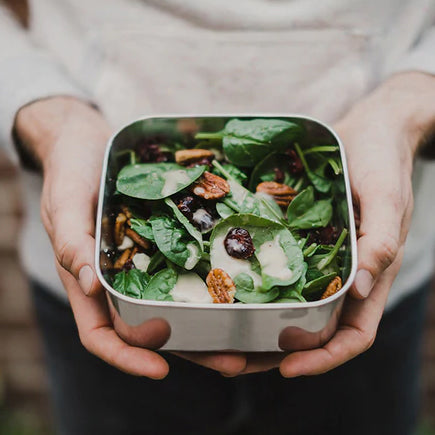Plastic Waste
Get the Facts
Australian
Plastic Waste
On average, Australians use 130kg of plastic per person each year. Less than 12% of that's recycled. More frightening still, up to 130,000 tonnes of plastic will find its way into our waterways and into the ocean. Once in the ocean, it endangers our marine wildlife. Studies have also shown that it has begun to enter the food chain and end up on our plates. Plastic is an incredibly versatile material, made to be strong and durable. Unfortunately, most plastics are made to be used once before being discarded. They’re convenient for a few minutes, but often end up in landfills, by the sides of roads, as litter in parks and floating in our oceans for hundreds of years before breaking down into microplastics.
The truth is, plastic is everywhere and it doesn’t disappear. But together, we can fix this urgent waste crisis now. Some of our state and territory politicians are showing great leadership in helping to beat plastic pollution. But there is still a lot more to be done. Including addressing the consistently most littered item in Australia, cigarette butts.
Plastic Waste Statistics
- In 2017-2018 a total of 3.4 million tonnes of plastics were consumed in Australia.
- A total of 320 000 tonnes of plastics were recycled, which is an increase of 10 per cent from the 2016-17 recovery.
- In 2017–18, the national plastics recycling rate was 9.4 per cent.
- Of the 320 000 tonnes of plastics collected for reprocessing, 145 700 tonnes (46 per cent) was reprocessed in Australia and 174 300 tonnes (54 per cent) was exported for reprocessing.
2017-2018
Australia’s National Plastics Plan 2021
Following a cascade of state-led announcements regarding a phase-out of single-use plastics, Australia has finally agreed upon a national approach! A recent meeting between the nation’s Environment Ministers produced the National Plastics Plan 2021, which will see all single-use plastics phased out by 2025.
South Australia, Queensland and the ACT were the first states to ban certain single-use plastics, which has been operating successfully since 2021. Victoria and Western Australia will phase out certain single-use plastics by 2023. So, there’s definitely action happening on a national scale — but this policy plan will help to kickstart the phase-out process for New South Wales, Tasmania and the Northern Territory.
Information provided by WWF and the Department of Agriculture, Water and the Environment

